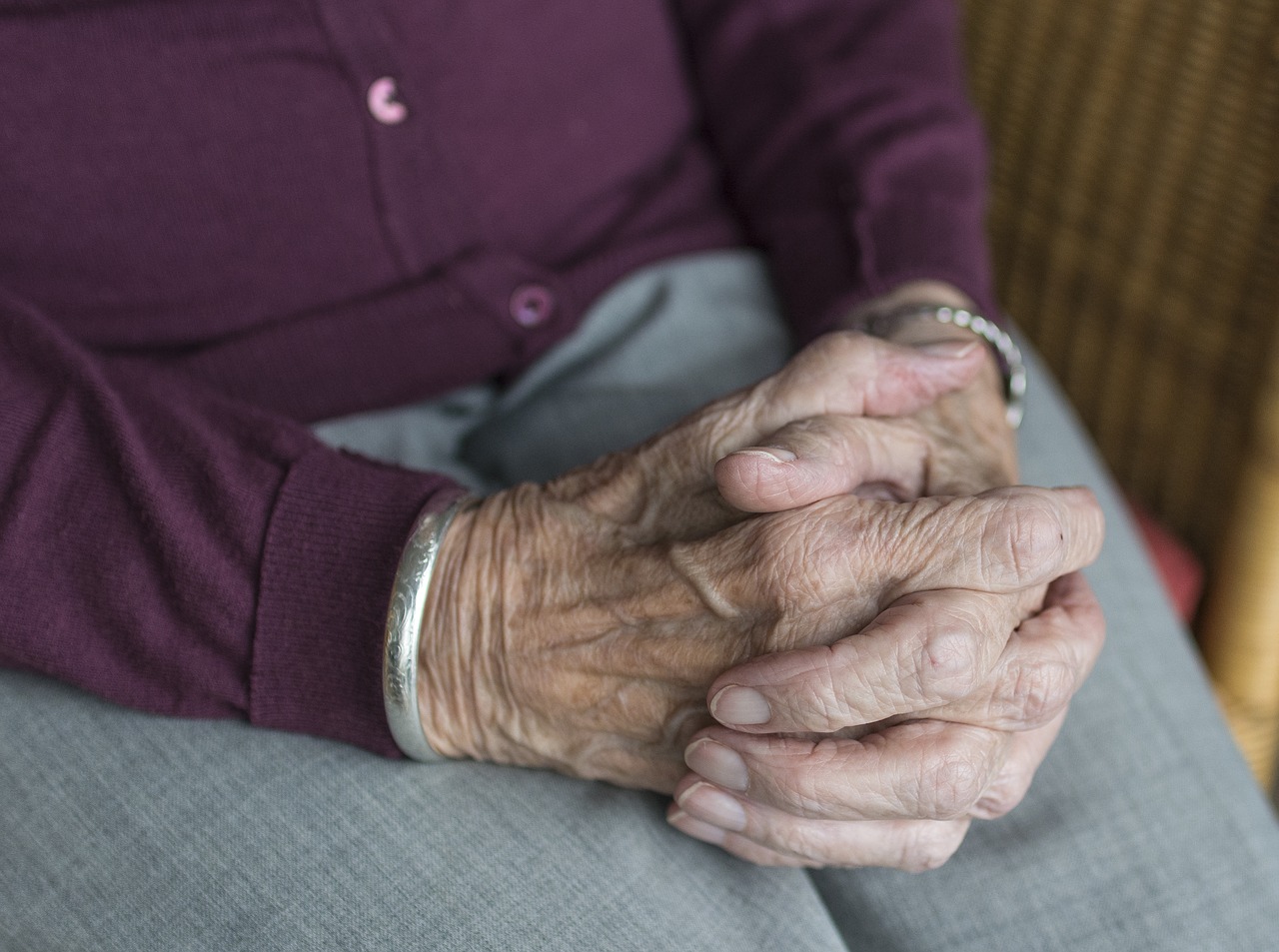
Hospice Patients Can Experience Anxiety and Restlessness
If you’ve ever cared for a loved one going through hospice, you know how anxious and restless they can get. It’s referred to as terminal restlessness, terminal agitation or terminal delirium — a syndrome that can occur near the end of life. Those who experience it may show signs of physical, emotional and even spiritual restlessness, along with cognitive decline, anxiety and agitation in the days leading up to death, according to Very Well Health.
Even with this knowledge, it can certainly be distressing as a caregiver to watch your loved one go through this in Alameda County and elsewhere. You may wonder if there is something you can do to help them. The best course of action is to respond calmly and do everything you can just to make them as comfortable as possible.
Signs and Symptoms
It’s important to familiarize yourself with the signs and symptoms of terminal restlessness, with these behaviors often manifesting themselves in outbursts, aimlessness, and lack of attention. Researchers believe these behaviors are spurred on by discomfort and physiological changes in the body, more so than genuine hostility or anger to those around them. The main signs to look for include aggressive behavior or, on the other end of the spectrum, by calm, lethargic behavior.
Terminal restlessness is characterized by:
- A sudden appearance of incongruent behaviors rather than the more common emotions experienced prior to dying, such as anger and depression.
- Behaviors typically characteristic of dementia.
- Discomfort.
- Constant pulling of clothes, bed sheets, intravenous (IV) lines and even at their own skin, where scabs can form.
- Indecision, constantly on the lookout for items they think they’re missing, or asking for something and then turning them away.
- Accusations of others’ wrongdoing that don’t make sense.
- Brief restlessness, with resolution of its own volition.
- Pulling away from intimacy.
- Talking about dead family members.
Products That May Help
Restless hands and constant moving are two main symptoms of terminal restlessness, often causing patients to pick at their face, and fidget with buttons and clothing. All this fidgeting can lead to sores and scabs. This peculiar habit prompted one woman to come up with an idea to keep her mother-in-law, who suffered from Alzheimer’s, from picking at her face. She invented Twiddlemuffs, which are short, knitted, tube-like creations featuring a variety of buttons, ribbons, and other small trinkets for users to tinker with. This invention was designed to provide comfort and stimulation for those with dementia, actually helping to calm their hands.
Other products can be purchased to help calm Alzheimer’s and other hospice patients, such as sensory mats and sensory blankets, which are lined with evenly-distributed weight that can both warm the user and provide gentle pressure that mimics the feeling of being held. That sensation can have a positive effect on moods and even help combat anxiety and other sensory disorders says Medical News Today.
Causes
There are many causes of terminal restlessness, including:
- Medications such as opioids and anxiolytics that are given to increase comfort at the end of life.
- Cancer treatments such as steroids and chemotherapy have more pronounced effects in the dying, and these people are more likely to experience negative effects like restlessness.
- Poorly-managed pain: Dying patients can’t always describe their pain well, if at all. And when they receive pain treatment, a delicate balance must be achieved, as overuse can lead to toxicity, while under-use can lead to more pain and discomfort, thereby worsening terminal restlessness.
- Organ failure: As the liver and kidney start to fail, metabolic alterations and electrolyte problems impact brain function. In a similar way, heart and lung failure can result in decreased oxygen levels, exacerbating terminal restlessness.
- Medical problems such as anemia, dehydration, infection, and fever can all weaken the body and impair brain function, resulting in terminal restlessness.
- Lack of voluntary activity: Urinary retention and constipation are common end-of-life experiences, leading to pain and discomfort.
- Emotional responses to dying: Often times, those dying of a terminal illness know they are dying. As impending death gets closer, increased anxiety and fear can result in even more restlessness.
Families with a loved one in hospice are very often caught off guard by terminal restlessness. Those suffering from chronic illness go through episodes of peacefulness, sleepiness and restless delirium in the days leading up to their death. This is normal but it’s not always easy to watch. Get the support you and your family needs during this time. It’s OK to talk about it. Ask your loved one’s hospice care team about it and learn ways to cope.
Contact Pathways Home Health and Hospice
Is your loved one is showing signs of terminal restlessness, work with their hospice team and doctors in particular to explore solutions for your loved one’s comfort. Contact us today at 888-978-1306 to learn more about our hospice program and how we can help you and your family.

